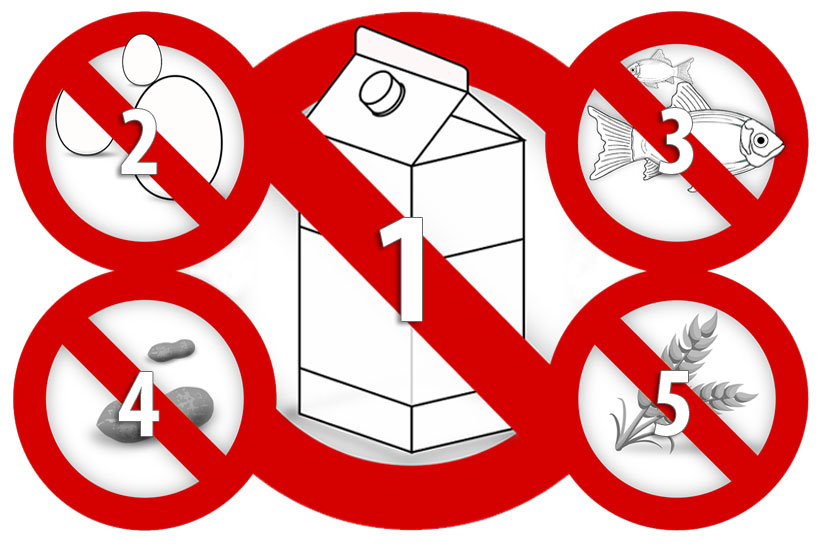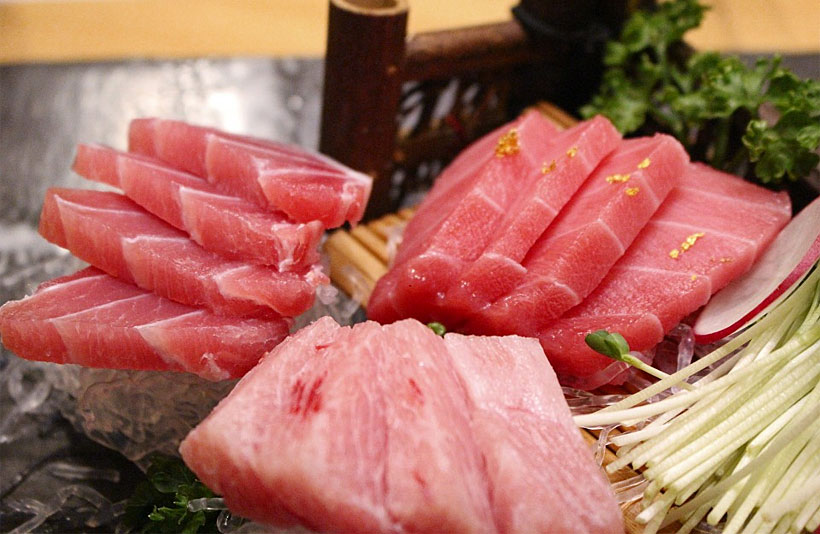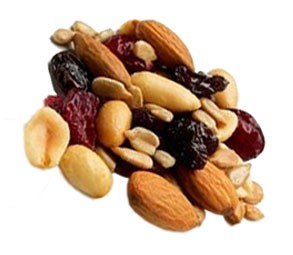- Like
- SHARE
- Digg
- Del
- Tumblr
- VKontakte
- Flattr
- Buffer
- Love This
- Save
- Odnoklassniki
- Meneame
- Blogger
- Amazon
- Yahoo Mail
- Gmail
- AOL
- Newsvine
- HackerNews
- Evernote
- MySpace
- Mail.ru
- Viadeo
- Line
- Comments
- Yummly
- SMS
- Viber
- Telegram
- JOIN
- Skype
- Facebook Messenger
- Kakao
- LiveJournal
- Yammer
- Edgar
- Fintel
- Mix
- Instapaper
- Copy Link
 By law, the FDA requires that all allergenic foods should have labels that help to identify the source. Statistics show that the food allergies affect about 5% of adults and 8% of children.
By law, the FDA requires that all allergenic foods should have labels that help to identify the source. Statistics show that the food allergies affect about 5% of adults and 8% of children.
What Is a Food Allergy and how does it occur?
A Food Allergy refers to the condition where certain foods lead to an abnormal response from the immune system. This is where the immune system has wrongly recognized some substances in the eaten food wrongly. When the body has activated the defense mechanism, this involves the release of the chemicals like histamine that leads to inflammation.
For people experiencing food allergies, exposure to allergenic foods results from the allergic reaction. The reaction is almost immediately resulting into various symptoms. These symptoms might vary from one person to another. The food allergy symptoms affect the skin, the gastrointestinal tract, respiratory tract, and cardiovascular system. Common symptoms that are visible include the following:
- Vomiting
- Low blood pressure
- Diarrhea
- Difficulty breathing
- Swelling of the tongue, mouth and face
- Hives
- Itchy rash
In a worse case, the food allergy might result in anaphylaxis, which is a serious condition. It is important that you see the doctor immediately these symptoms emerge.
What are Common Allergenic Foods?
The food and Drug Administration (FDA) says that more than 160 foods can lead to allergic reactions. However, there some foods that are commonly known to cause an allergic reaction. These common allergenic foods account for 90% of the food allergic reactions today. They are:
- Milk
- Eggs
- Fish
- Tree Nuts
- Wheat
Others include crustacean shellfish, peanuts, and soybeans.
1. Milk Allergy
 Milk allergy is common in children with cow’s milk being a leading cause of milk allergy. However, milk from sheep, goats, buffalo, and other mammals, is also likely to result in an allergic reaction. The milk allergy occurs as an immune reaction to the many proteins that the milk contains.
Milk allergy is common in children with cow’s milk being a leading cause of milk allergy. However, milk from sheep, goats, buffalo, and other mammals, is also likely to result in an allergic reaction. The milk allergy occurs as an immune reaction to the many proteins that the milk contains.
The milk allergy is often confused with intolerance to lactose. However, the two are different since the lactose intolerance results when a person lacks lactase that is necessary to metabolize the lactose in the intestines. Some of the symptoms associated with milk allergy include a loose stool that might contain mucus or blood, diarrhea, and skin rash. Vomiting is likely to occur immediately after swallowing milk.
2. Egg Allergy
 Hives might be because of eating eggs. Egg allergy is the most common type of food allergy, especially in childhood. In case you experience s running stomach or pain around the stomach area after one or two eggs, this might be egg allergy. This reaction develops whenever the immune system of the body becomes sensitive and starts to overreact to the proteins contained in eggs. The egg allergy is more prevalent in children than in adults. In most cases, the condition is outgrown when the children enter adolescent. The egg allergy results in a mild rash and can become a serious problem like anaphylaxis, which is declared a life-threatening condition. If the symptoms of egg allergy are realized, talk to a food allergy specialist near you for immediate allergy treatment.
Hives might be because of eating eggs. Egg allergy is the most common type of food allergy, especially in childhood. In case you experience s running stomach or pain around the stomach area after one or two eggs, this might be egg allergy. This reaction develops whenever the immune system of the body becomes sensitive and starts to overreact to the proteins contained in eggs. The egg allergy is more prevalent in children than in adults. In most cases, the condition is outgrown when the children enter adolescent. The egg allergy results in a mild rash and can become a serious problem like anaphylaxis, which is declared a life-threatening condition. If the symptoms of egg allergy are realized, talk to a food allergy specialist near you for immediate allergy treatment.
Symptoms of Egg allergy include:
- Skin reactions
- Respiratory problems
- Stomach pain
- Anaphylaxis
Avoid eating eggs if those symptoms begin to show whenever you have eaten an egg. For serious conditions, seek allergy treatment. Inform the allergy specialist that the condition started after you have eaten eggs.
3. Fish Allergy
 Fish allergy should not be confused with a seafood allergy. Although fish and seafood fall into the same category of “seafood”, the two are biologically different. Persons with a fish allergy might experience the reaction when they eat a particular type of fish and not the other fish type. In some instances, a fish allergy occurs by just touching a particular fish.
Fish allergy should not be confused with a seafood allergy. Although fish and seafood fall into the same category of “seafood”, the two are biologically different. Persons with a fish allergy might experience the reaction when they eat a particular type of fish and not the other fish type. In some instances, a fish allergy occurs by just touching a particular fish.
You might experience fish allergy when they breathe the vapors emanating from a pot used to cook fish. This type of allergy affects people of different age. For some, it begins at childhood and vanishes as they enter into adulthood.
Some of the signs and symptoms that might appear after eating fish include:
- Wheezing
- Experiencing trouble breathing
- Hoarseness
- Vomiting
- Diarrhea
- Swollen eyes
- Hives
For fish allergy treatment, an auto-injector might be induced if it is an emergency case. Note that in allergy treatments, every second count. Therefore, seek medical attention immediately the symptoms begin to show.
4. Tree Nuts Allergy
 The tree nuts are another common cause of allergy. The types of nuts that can cause an allergy include chestnuts, cashews, macadamia nuts, pecans, and various other types of tree nuts.
The tree nuts are another common cause of allergy. The types of nuts that can cause an allergy include chestnuts, cashews, macadamia nuts, pecans, and various other types of tree nuts.
Some of the symptoms of tree nut allergy are:
- Abdominal pain
- Nausea
- Diarrhea
- Trouble swallowing food or even saliva
- Itching on the mouth
Just like any other type of food allergy, the tree nut allergies can be life-threatening. This is the reason why it is very important you have definite attention from a food allergy specialist. The best way to avoid the tree nut allergy from recurring is to avoid eating the nuts that cause the condition.
5. Wheat
 Exposure to wheat can result in an allergic reaction. It results in an inability to focus and in some people might result in anaphylaxis. Some people experience allergic reaction even when they have inhaled wheat flour while others experience the symptoms when they eat foods cooked with the wheat flour. The wheat allergy is common in children. However, the problem is also prevalent in adults.
Exposure to wheat can result in an allergic reaction. It results in an inability to focus and in some people might result in anaphylaxis. Some people experience allergic reaction even when they have inhaled wheat flour while others experience the symptoms when they eat foods cooked with the wheat flour. The wheat allergy is common in children. However, the problem is also prevalent in adults.
Wheat contains some chemicals that result in an allergic reaction. Avoiding foods that contain wheat is the best approach to eliminating this problem. This includes the baked flavorings. If your skin is sensitive to wheat, you might experience a mild rash upon touching wheat.
In Conclusion
Those common foods are likely to result in allergies. The best approach for dealing with the foods allergy issue is avoiding the foods that cause the problem to occur. Also, seek allergy treatment from a qualified allergy specialist near you, Contact allergy specialists such as food allergy treatment Ewa Beach for treatment against food allergy.

